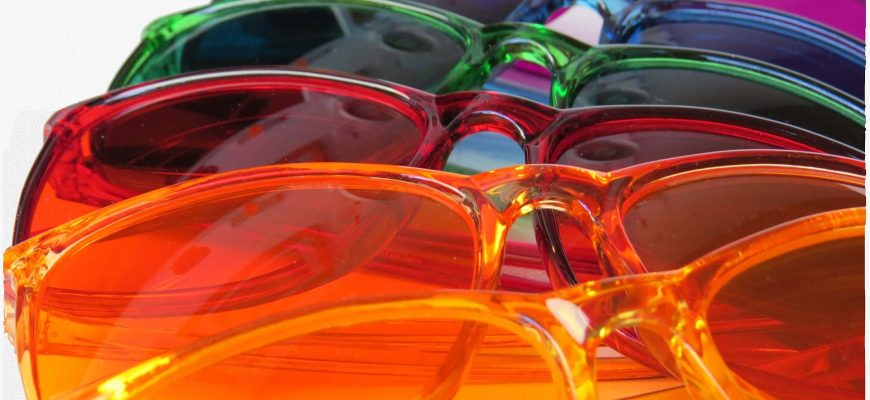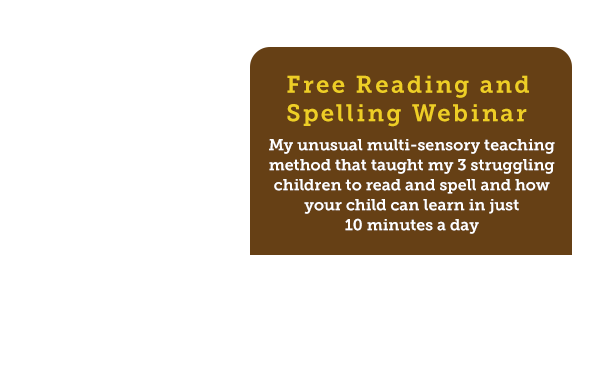This question comes up time and time again. Your view on it will most likely be determined by your educational background, your own personal experience and your understanding of dyslexia and learning difficulties.
There are two distinct types of dyslexia; one is visual dyslexia and the other is phonological dyslexia. Some ‘dyslexia’ purists will say it is one of the other, but it is never both. This will be based squarely on their area of academic expertise and the funding they receive.
There are also numerous terms for the different types of dyslexia, just to confuse us all even further… but that’s a topic for another day.
At the end of the day… who cares? The children who are struggling at school don’t care about the arguments academics love to have. They just want a solution for their learning difficulties and their school anxiety to end.
The fact is… some children have one or the other and some children have both.
Visual dyslexia is all about visual processing difficulties and phonological dyslexia is an inability to decode the sound/symbol code of the English language.
Let me explain in more detail.
Visual dyslexia means your eyes can work perfectly, so you have perfect 20/20 vision, but you might have a different view of the world based on how visual messages are being processed in the visual control centre of your brain.
This brain processing difference can cause visual stress and can also cause visual distortions on a page of black text on white paper, when you are sitting under fluorescent lights or staring at a whiteboard.
the back of one eye into the brain, has a better
processing capacity than the other eye,
causing vergence issues.”
When you have Visual Dyslexia, the text on the page may appear different to what other people see. There are some images below courtesy of Helen Irlen, that I have taken from page 168 of
my book, ‘Helping Children with Dyslexia’.
This is what you or your child may see

- Rivers Blurring
- Shaky text
- Wobbly text
- Text that looks like it’s shuddering
- Text that fades in and out
- Text that joins or clumps together.
So if you have a child, who despite having access to a good phonological education program and good teaching, is still struggling to read, there are some questions you can ask your child about what is happening when they attempt to read.
What they see?
- Do the words always play tricks or do they behave?
(This question is courtesy of an Irlen assessor)
- Does the white page ever feel bright or hurt your eyes?
- Do you see white cracks or rivers running down the page?
- Does the text move around the page or become blurry?
- Do you prefer a particular font?
- Does there appear to be a spotlight behind the words?
How they feel?
- Does reading make you tired or make you sleepy?
- Do you find it hard to concentrate and need to fidget or move?
- Does homework give you a headache?
- Do your eyes become watery, sore or do you need to rub them?
What they do?
- Do you lose your place easily, miss lines or reread the same text?
- Do you find it easier to use a finger or ruler to keep track of where you are reading?
- Do you feel the need to squint or close one eye?
- Do you keep your eyes closed to the page or move them further away?
- Do you skip words, change words like them for there or swap the order of letters or numbers; like saw instead of was or 64 for 46?
I particularly want to highlight these questions for people in the United States, who seem to have little knowledge of visual dyslexia and its possible impact on their children and despite trying all sorts of literacy and phonics programs, are still struggling to help their children when they are struggling with literacy and reading.
How to help your child
There are all sorts of glasses that can help individuals with visual dyslexia so do some research. One girl I know felt like she was constantly in an earthquake and not only did the whole world appear to be shaking for her, she could also see double, making any type of ball sport impossible for her. Purple glasses completely fixed this for her and changed her life. She loves playing netball with her friends and now she advocates at her high school on behalf of others. My second son would constantly suffer from massive headaches before he got his deep red glasses.
Here are some options for you to try if you believe your child may have Visual Dyslexia.
- Go and see an optometrist. Not just any optometrist, but one who is a specialist in this area. They may prescribe tinted glasses or a set of eye exercises.
- Try an ophthalmologist who has a specialty in this area. They may also come up with a set of eye exercises or suggest colour.
- Colour can help up to 30% of people, however it does not help everyone! Different colours work for different individuals. Some colours that have be scientifically proven to help are deep royal blue and deep yellow. After talking to an Irlen assessor I also know that teal blue-green, red, purple, pink and apricot are also favourites. You can find a list of service providers on our free learning difficulties directory on Dyslexia Daily.
- Patching one eye (generally the weaker eye) is also an option, but you will need to seek out a professional for help with this.
Colour really only worked for my middle son who found deep red lenses changed his life. They didn’t work for my oldest son and my daughter was prescribed light pink lenses. She only uses them if she wants to read for longer to avoid eye fatigue.
So, if you would like to try colour, start with coloured cellophane first or jump online to find some coloured acetate (tinted plastic sheets). You can also try exercise books with coloured pages, office stationery stores often have them in blue, pink or yellow.



















